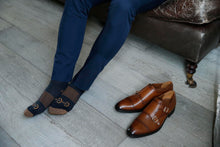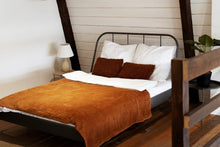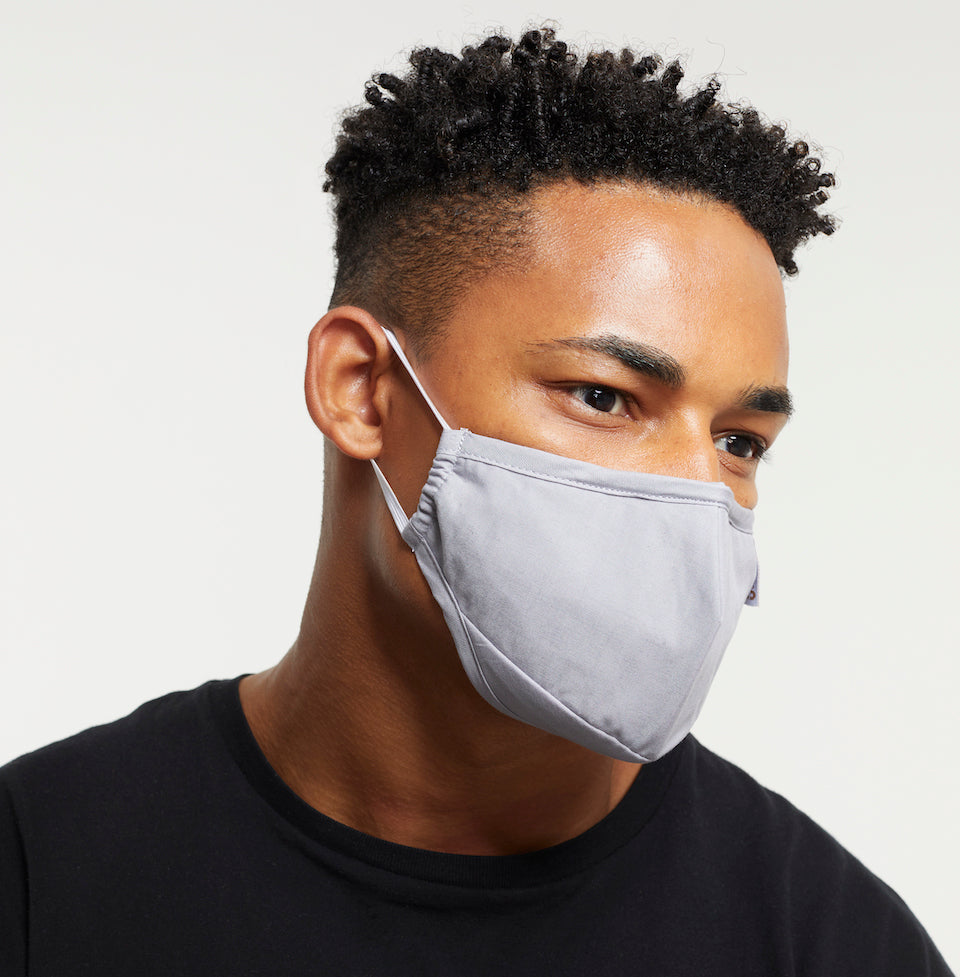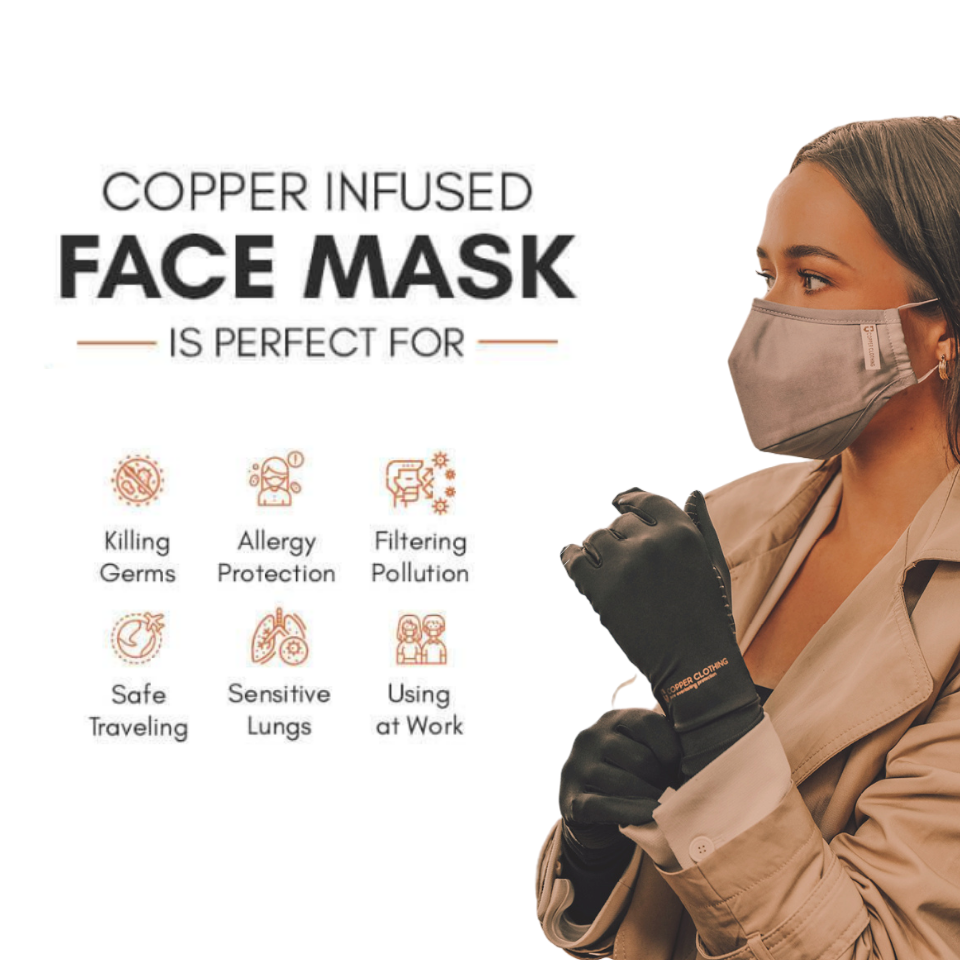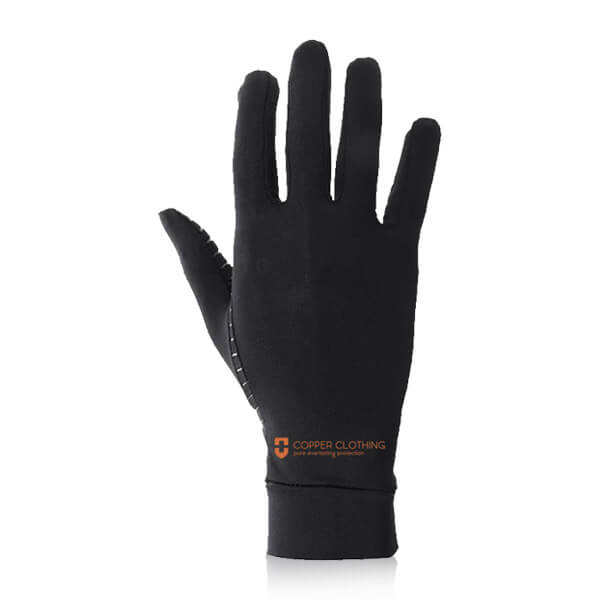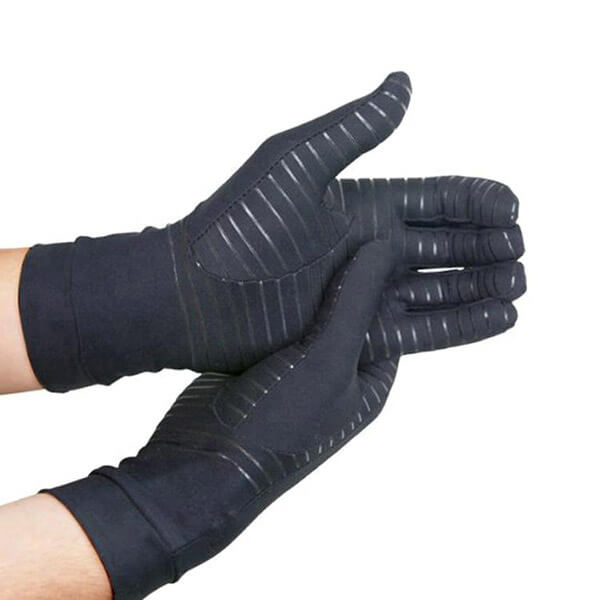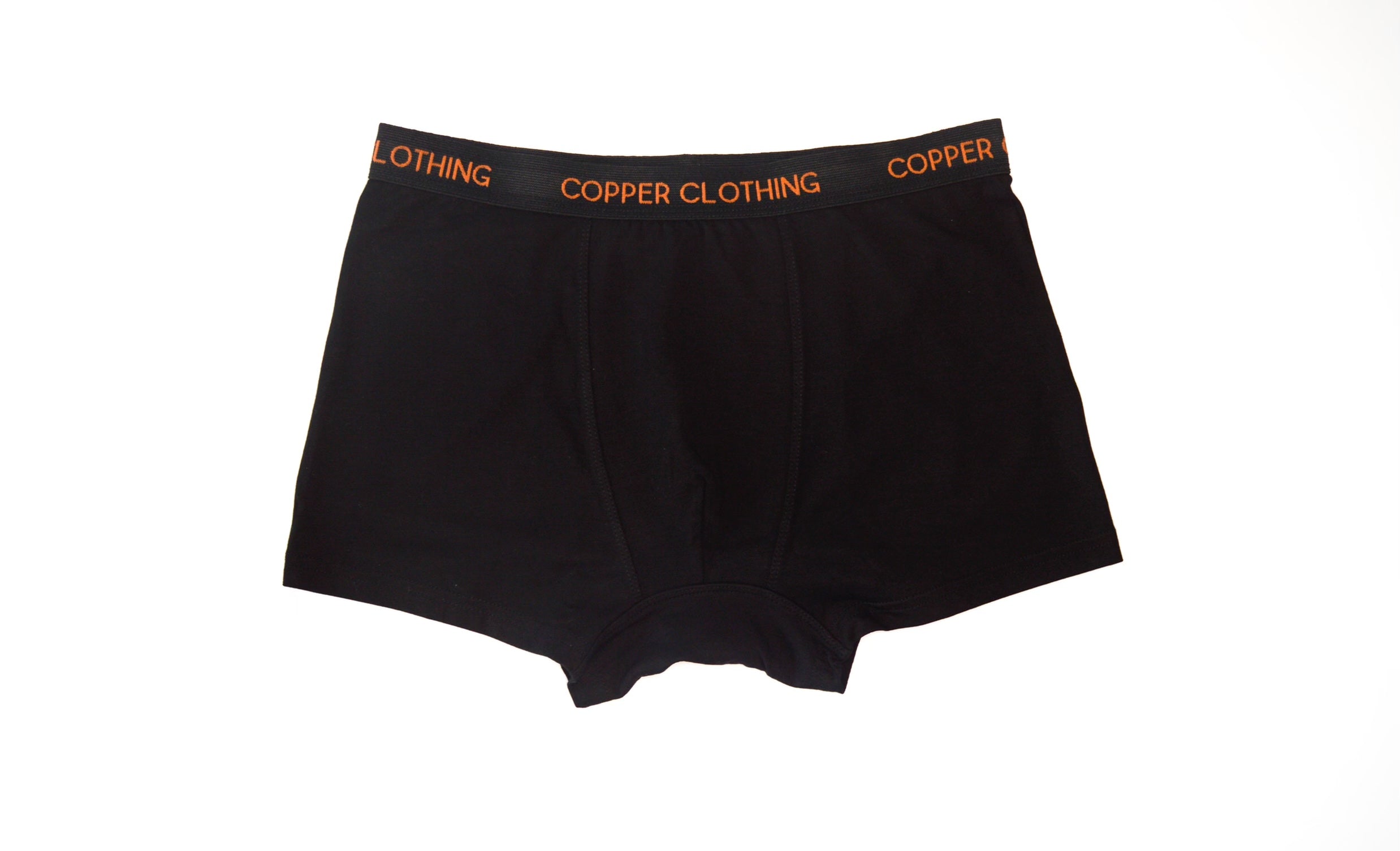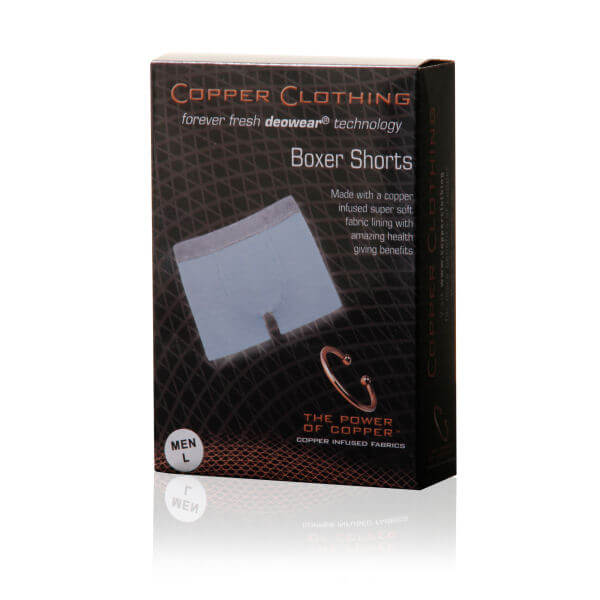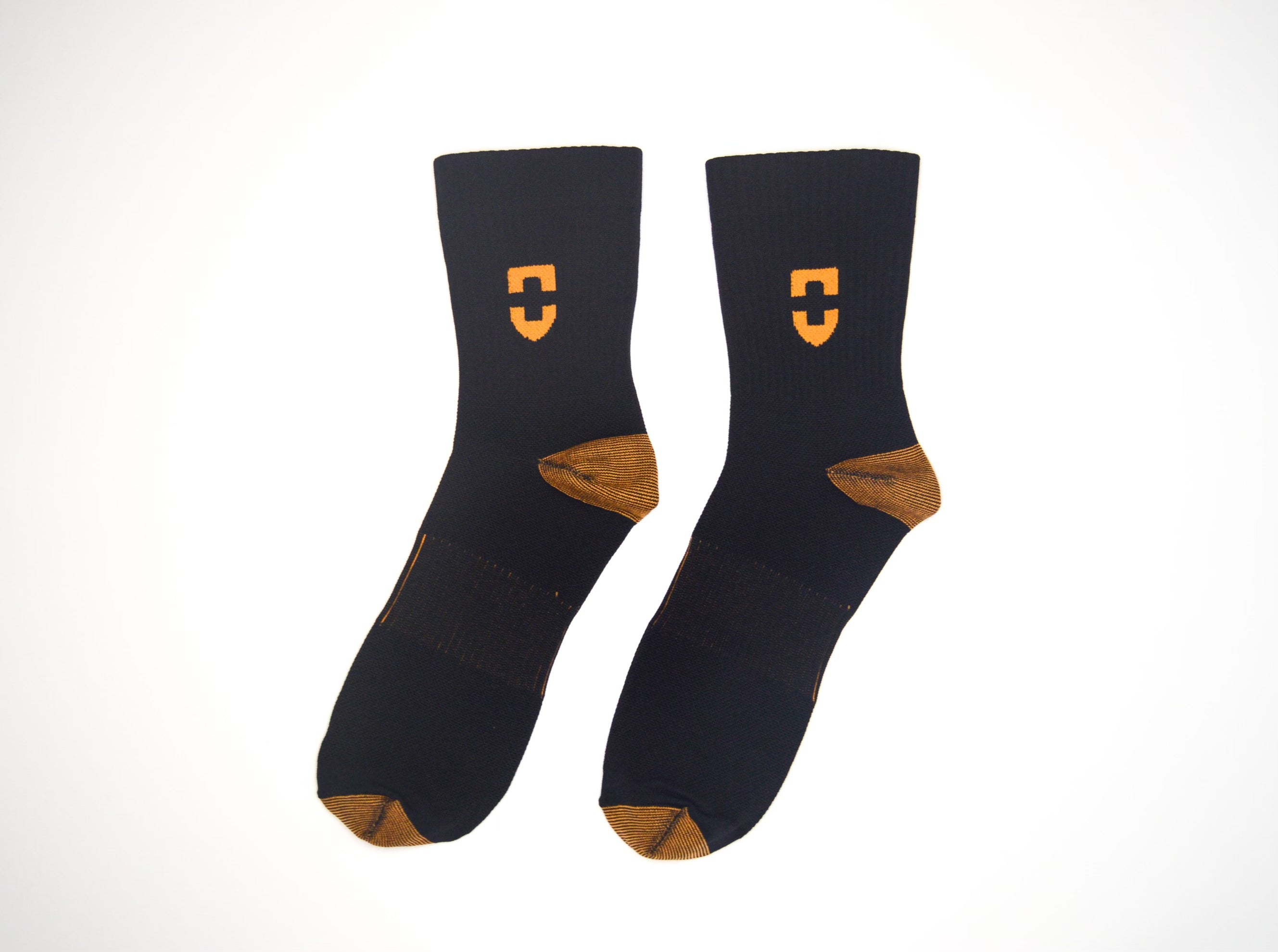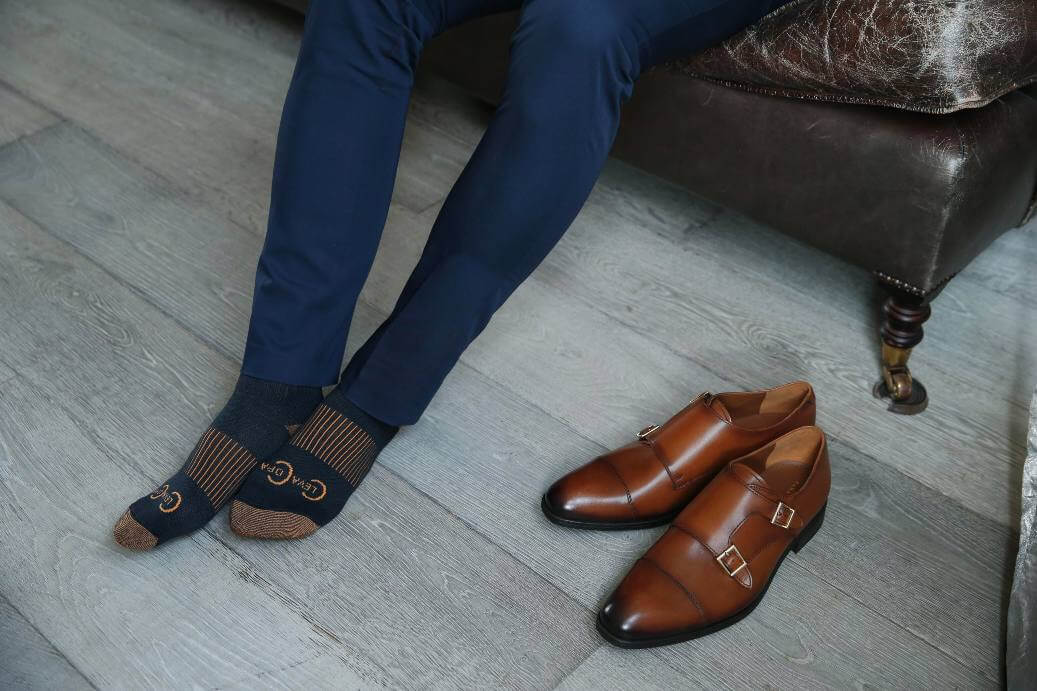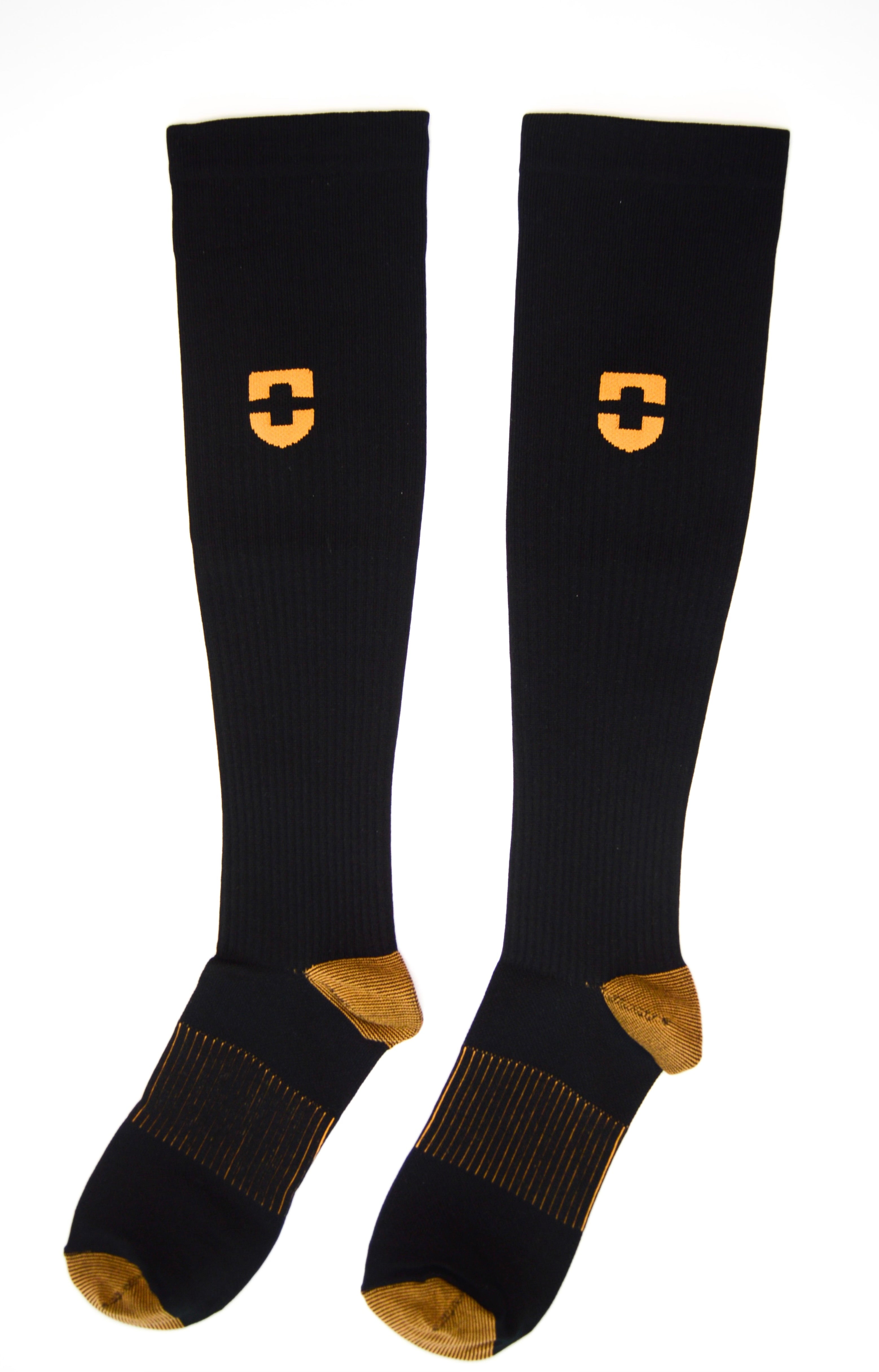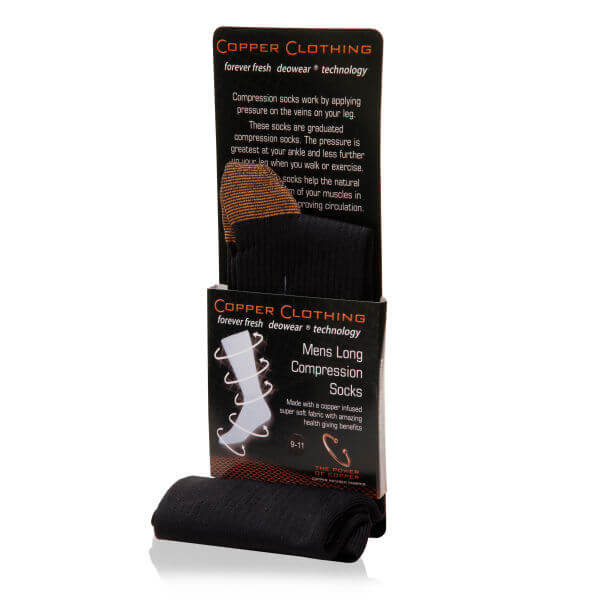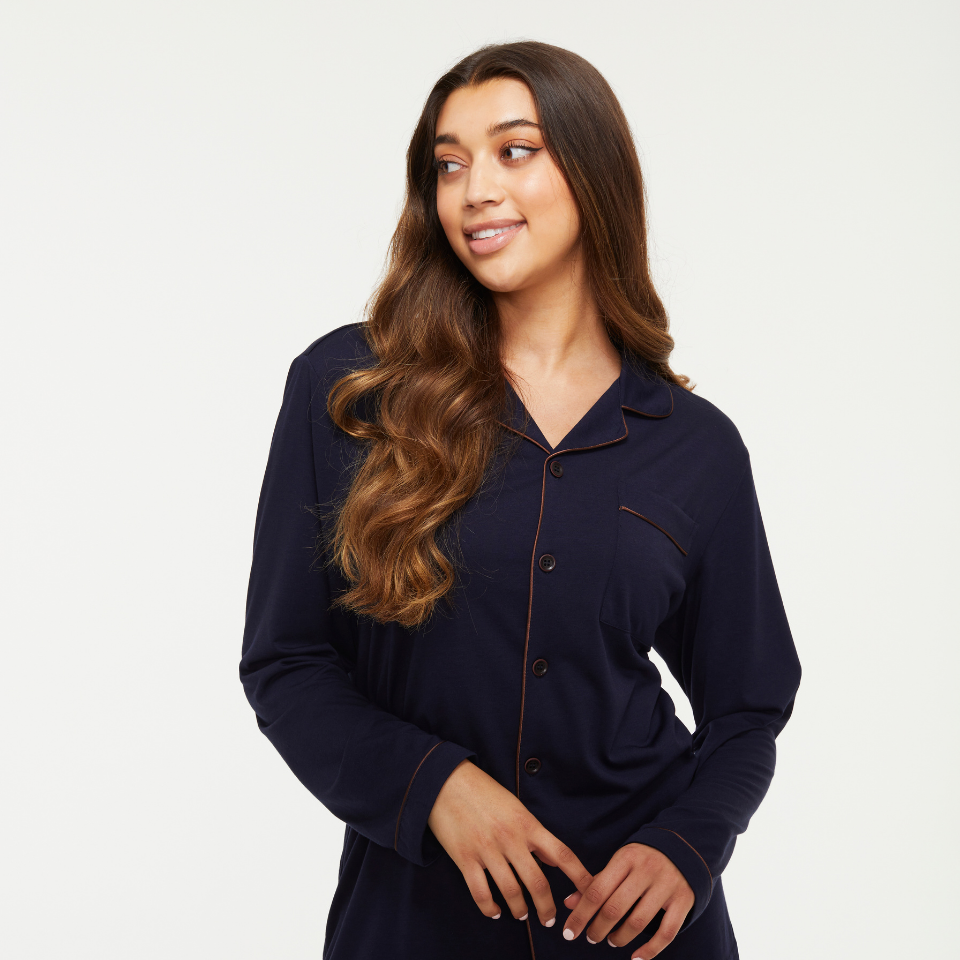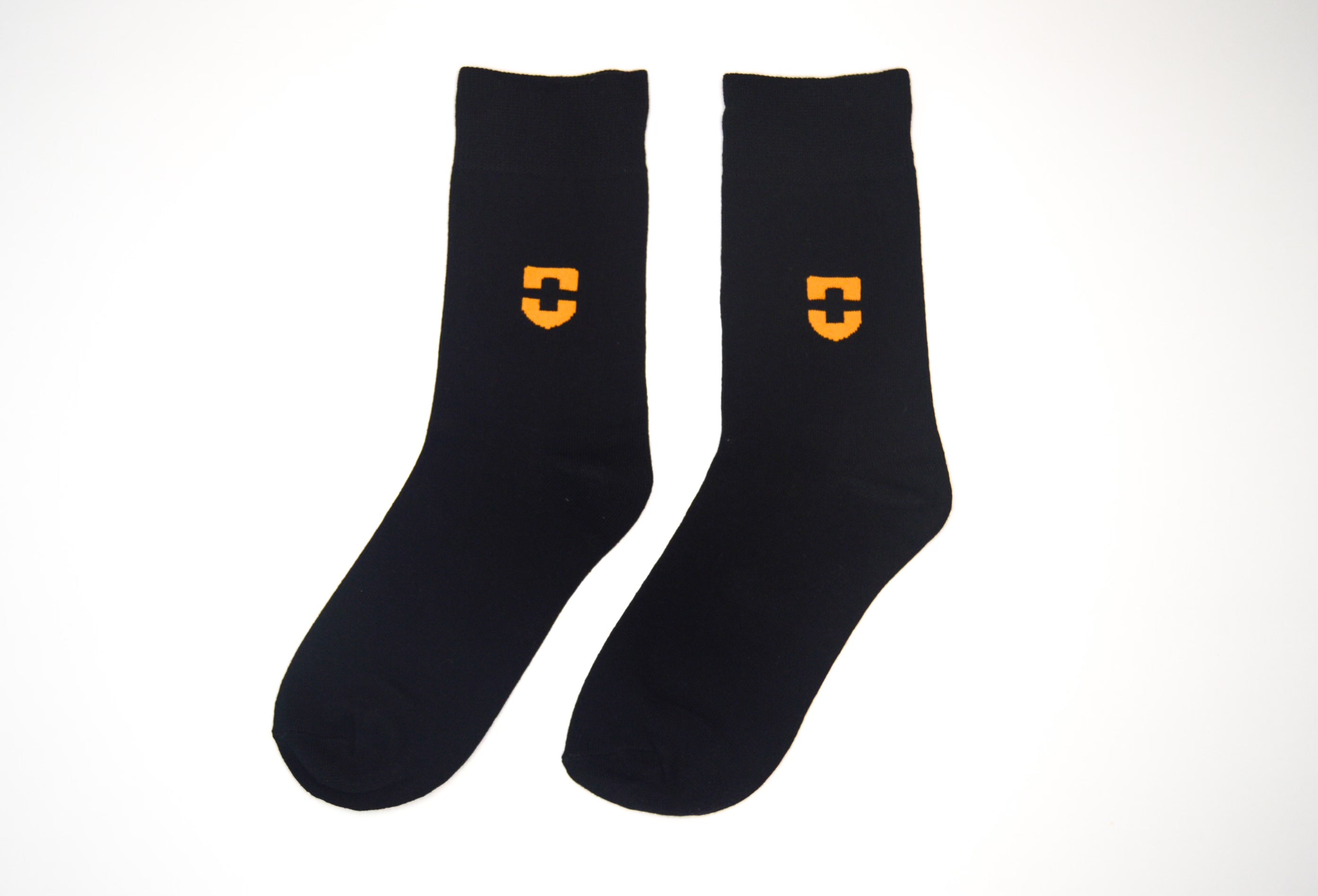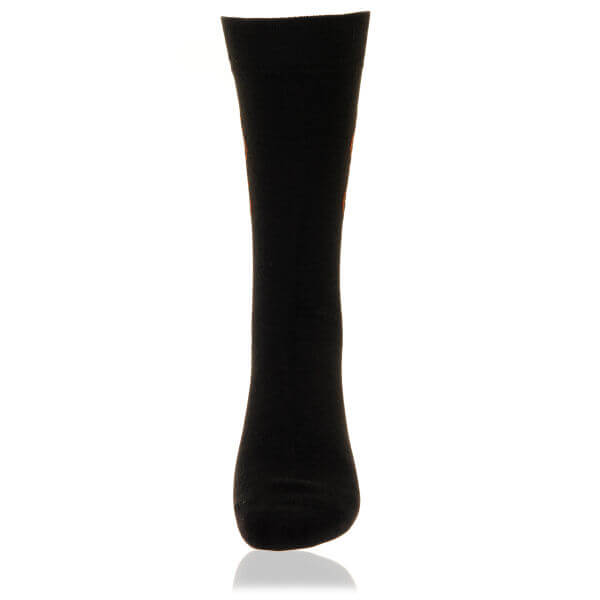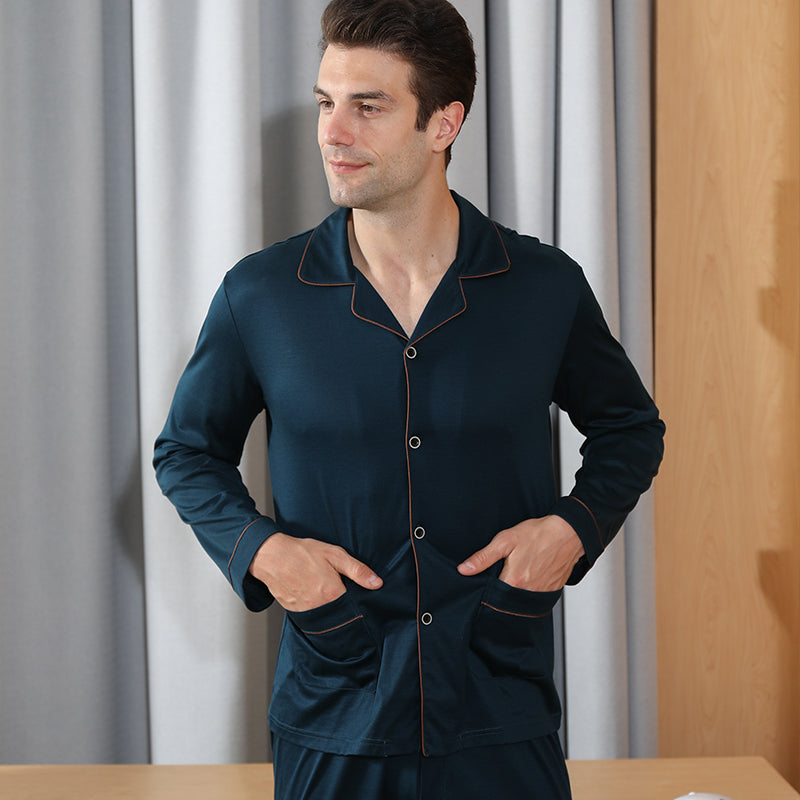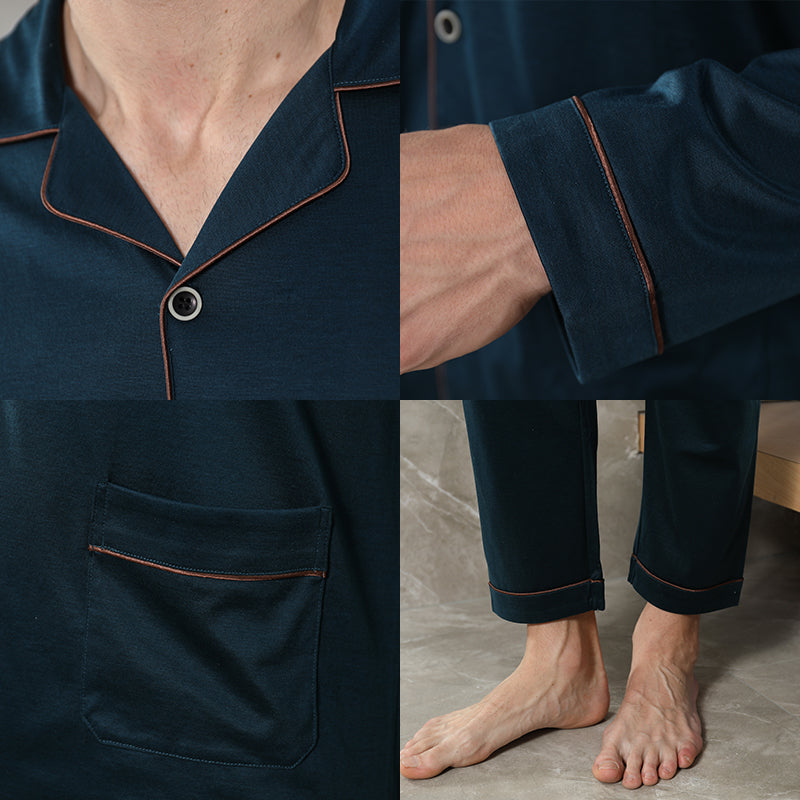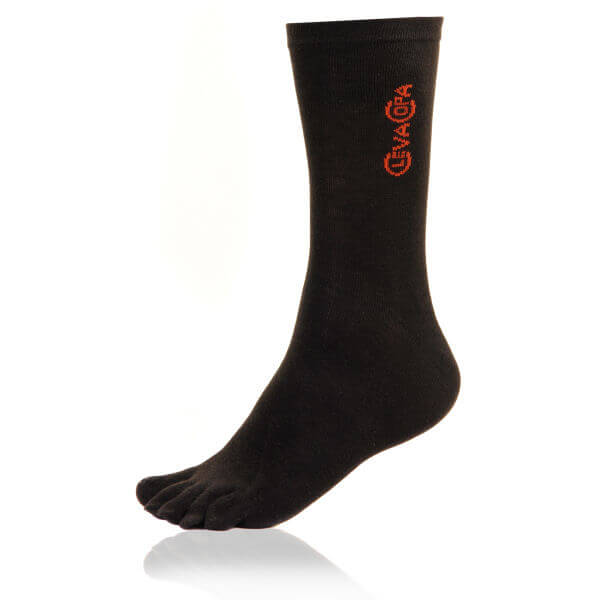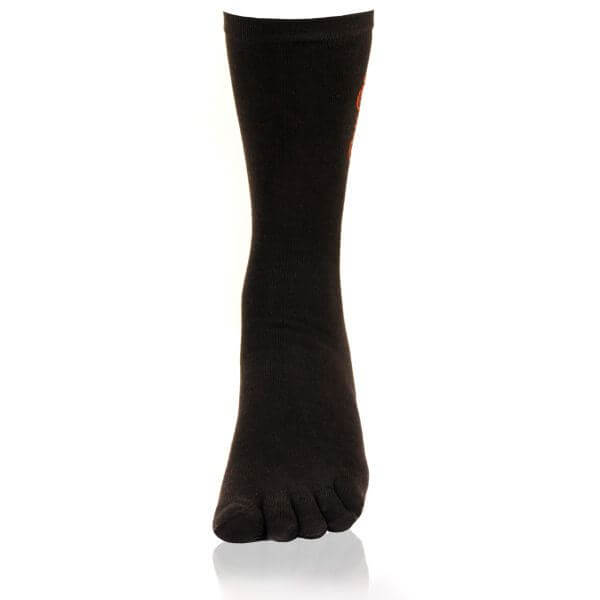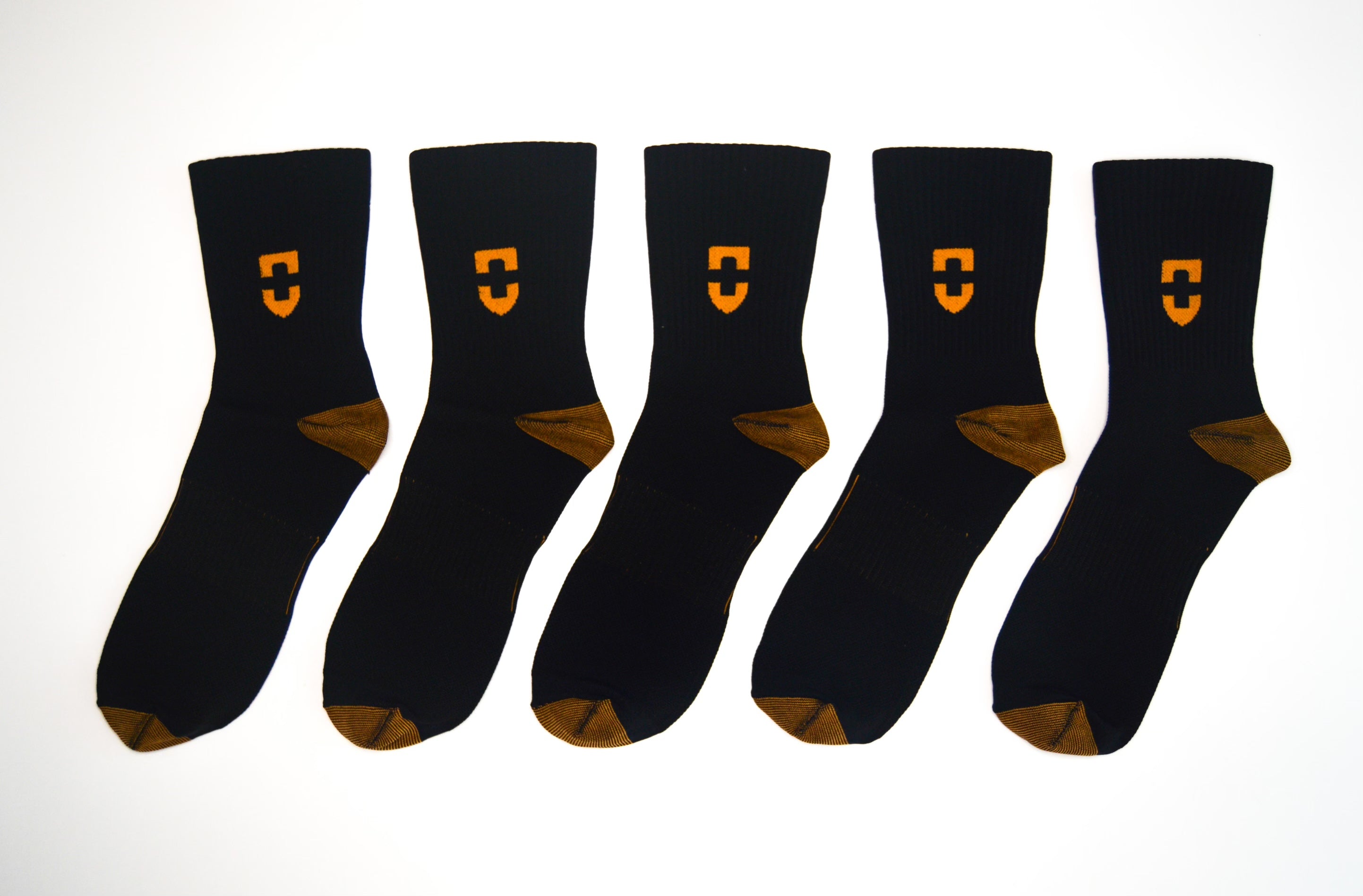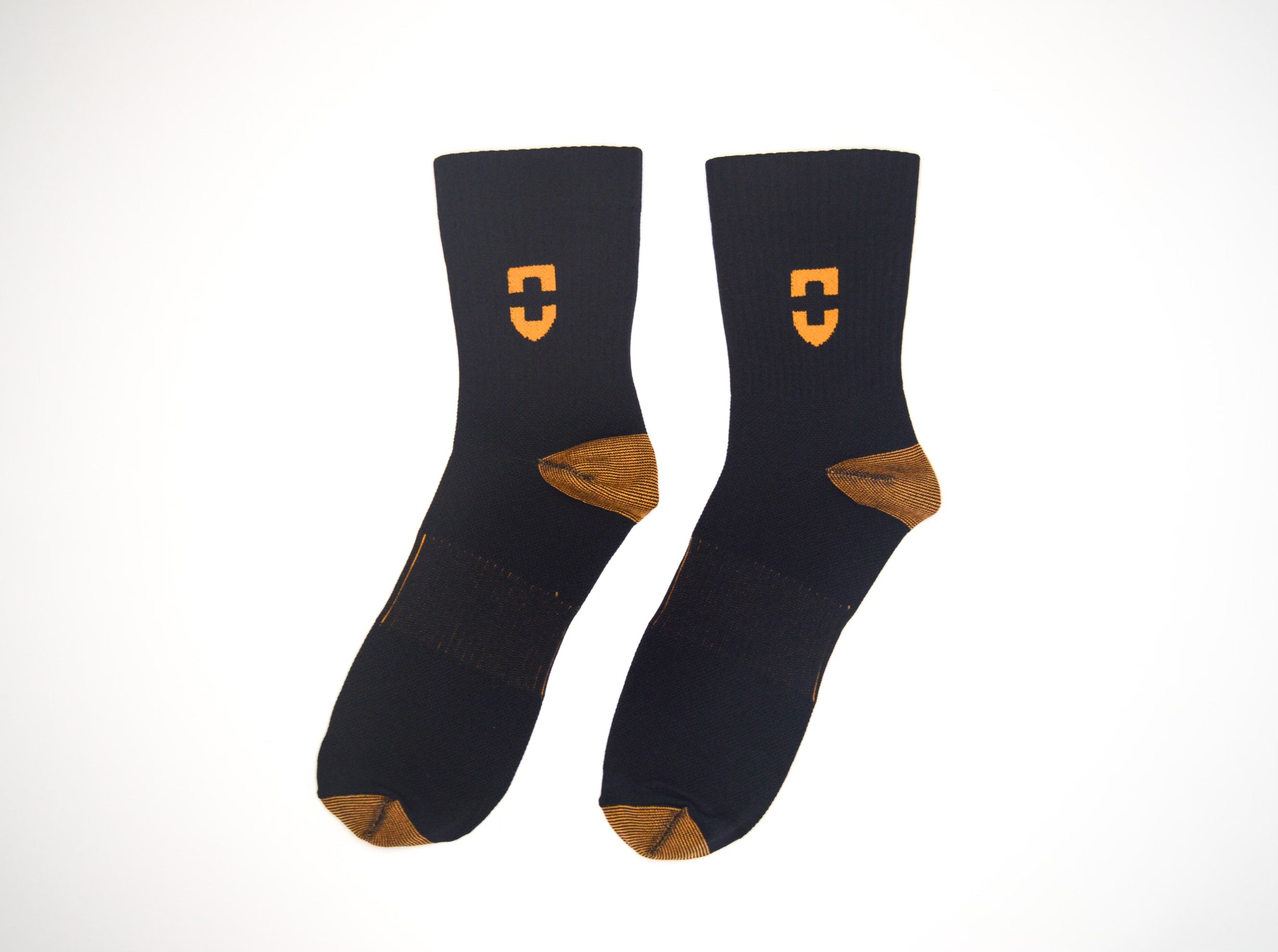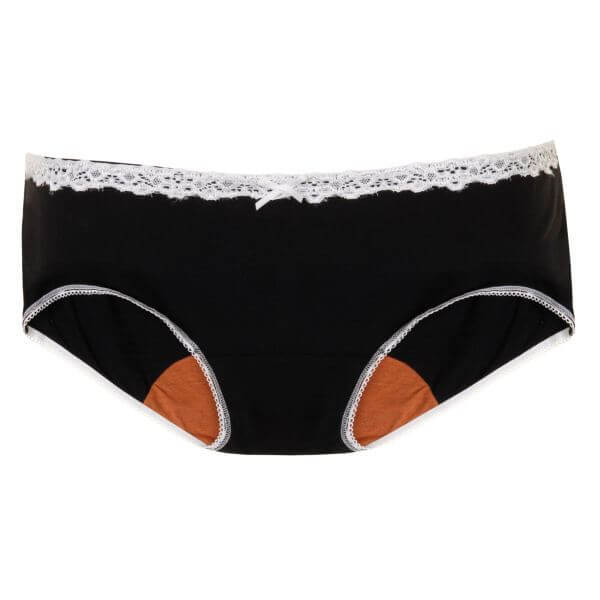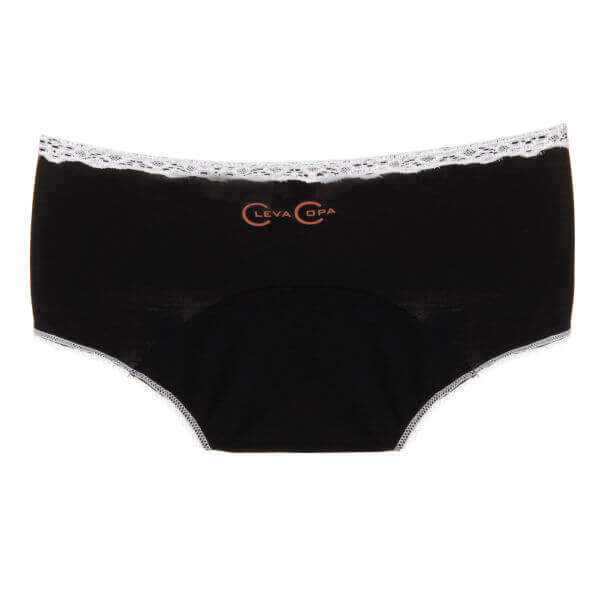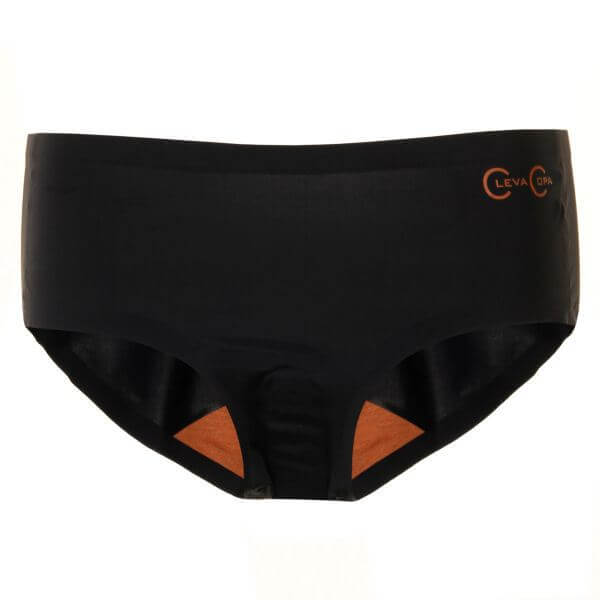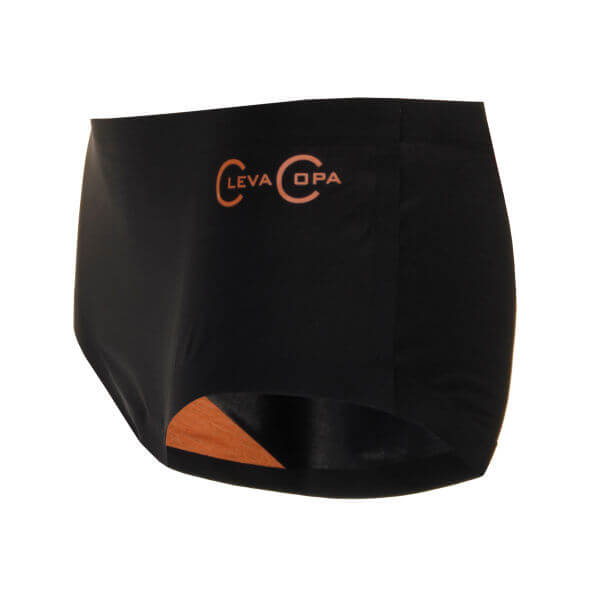Copper Compression Socks and Athlete’s Foot: All You Need to Know
Published
May 21 2021
Key Takeaways:
- Pathogenic microorganisms like fungi, bacteria, viruses, and parasites cause infectious diseases, and copper-infused compression socks help kill them to prevent their spread.
- Treating athlete’s foot requires eliminating moisture, darkness, and heat as much as possible.
- Wearing sports shoes, leather shoes, work shoes, or boots creates a fungus-friendly environment.
- Copper-embedded compression socks promote angiogenesis, aiding skin rejuvenation through collagen and elastin synthesis to clear fungal infection patches.
- Copper-infused compression socks keep feet odour-free by preventing the mix of sweat and bacteria that causes bad smell.
- The fabric in copper compression socks is super-soft, breathable, and moisture-wicking for maximum comfort and dry, clean feet.
- The anti-inflammatory properties of copper soothe aching feet and muscles, while compression improves blood flow, reduces swelling, and lowers blood clot risks.
What is Athletes Foot (Tinea Pides)?
Athlete's foot, also known as tinea pedis or ringworm of the foot, is a fungal infection that usually begins between the toes. It requires a warm and moist environment and usually affects people with sweaty feet confined within tight-fitting shoes.
The symptoms of athlete's foot include dry, scaly skin between the toes that stings, itches and burns. The infection is contagious and can spread through contaminated clothing, towels or floors.
Although Athlete's foot can be treated with over-the-counter anti-fungal medications, the infection recurs often. Prescription medications are also available to treat this infection.
What Causes Athlete’s Foot?
Athlete's foot is contagious and can be spread by indirect contact with contaminated floors, shoes, socks, bed sheets, and towels or from direct contact with an infected person. Athlete's foot is caused by a number of different fungi, including species of Epidermophyton, Trichophyton, and Microsporum. These fungi are normally present on the human skin and are harmless as long as the skin is clean and dry. But, under warm and damp conditions, they reproduce rapidly to cause an infection.
Some of athlete’s foot causes are:
-
Wearing tight shoes can trigger athlete’s foot because when toes are tightly squeezed together, they create an ideal condition for the fungus to grow. Plastic shoes are more likely to cause athlete’s foot compared to other materials like leather or canvas.
-
Athlete’s foot commonly spreads around swimming pools and communal showers – these places are generally humid and warm.
-
Damp socks and warm feet put you at risk of developing athlete’s foot.
- People with poor or compromised immune systems are more vulnerable to developing athlete’s foot.
How Can Copper Compression Socks Help in Athlete’s Foot
Now that we understand that athlete’s foot is all about moisture, there are moisture-wicking socks available that can keep your feet clean, dry and odour-free. When your feet are clean and dry, there are fewer chances of developing athlete’s foot. Copper compression socks are designed to wick away moisture and prevent fungal growth. Thus, eliminating or controlling the ideal growing environment that exists inside a shoe. Copper compression socks are the best socks for athlete’s foot and also against other fungal and bacterial infections.
Benefits of Using Copper Compression Socks When You Have Athlete’s Foot
Anti-inflammatory
These copper anti-fungal socks are helpful in inflammatory cases of athlete’s foot. The anti-inflammatory properties of copper soothe any form of swelling in the feet.
Non-invasive treatment of athlete’s foot
Copper compression socks for the treatment of athlete’s foot is completely non-invasive. All you have to do is replace your regular socks with copper compression socks.
Moisture-free
We know now that moisture increases the chance of developing athlete’s foot and also increases the progression of the condition. Copper socks for athlete’s foot contain anti-moisture molecules that prevent moisture and keep your feet dry and clean throughout the day.
Help get rid of odour due to fungal infection
Fungal infections are known to release bad odour. Wearing copper compression socks can help get rid of this bad odour.
Anti-microbial effect
Several studies prove the efficiency of copper socks in infectious conditions, including bacterial and fungal infections. Therefore, most podiatrists recommend copper socks for several foot conditions, including athlete’s foot.
A study was conducted on a college football team that involved them wearing socks infused with copper fibres. The players diagnosed with athlete’s foot were asked to wear copper compression socks during their practice and workout sessions. Over 8 weeks period, almost every player reported that they experienced a reduction in symptoms. After 8 weeks, several players experienced no symptoms at all. Studies have reported that a high concentration of copper embedded in textile fibres can kill 99.9% of the athlete’s foot-causing fungus within 12 hours.
Through the study, it does appear that socks infused with copper ions can help prevent athlete’s foot and also other fungal conditions of the foot. For more information on the study, click here.
Other Tips to Prevent Athlete’s Foot:
Keep the feet clean & dry
Wash your feet with soap and water. Dry them properly.
Use anti-fungal powder
After drying the feet completely, especially between the toes, put anti-fungal powder or talcum powder and wear the socks. Make use of a hairdryer to ensure your feet are completely dry.
Take medication
Over-the-counter medication containing ketoconazole, oxiconazole, naftifine, clotrimazole, miconazole, terbinafine, or terconazole can provide you relief from the symptoms. If your condition doesn’t improve, consult a foot care specialist.
Change shoes
If you wear shoes every day, consider alternating between different pairs. This will allow your shoes to dry before you wear them again.
Wash apparels
Wash the bedding, towels and socks in hot water. You can also use disinfectant wipes or sprays to disinfect your shoes.
Avoid walking barefoot
If you are using public amenities like pools, gyms or locker rooms, do not walk barefoot. These common areas are warm and moist and are perfect breeding grounds for the fungus. Wear sandals or flip flops to ensure your bare feet do not touch the floor.
Don’t share your belongings
Do not share your socks, towels, linens or bed sheets with others, especially with the ones infected with athlete’s foot. Anti-microbial bed sheets are recommended since bedsheets are breeding grounds for bacteria, fungus, and viruses, causing allergies and illnesses.
What to Look for in the Best Socks for Foot Health
The socks you choose play a crucial role in preventing athlete’s foot and keeping your feet healthy. Sweat, heat, bacteria, and friction create the ideal conditions for infections, and wearing the wrong socks can make the problem worse.
To keep your feet protected and comfortable, consider these features in high-performance socks:
-
Moisture-wicking materials that draw sweat away from the skin and dry quickly
-
Natural antibacterial and odor-fighting properties to inhibit bacteria and fungal growth
-
Breathable design that allows airflow and helps regulate temperature
-
Seamless construction and proper fit to reduce friction, blisters, and hot spots
-
Arch support and cushioning to enhance comfort and reduce fatigue
-
Durability that can withstand daily wear and repeated washing
Conclusion
Copper compression socks can help you with athlete’s foot. If the symptoms do not subside even after wearing these anti-fungal socks for a week, see your doctor. Your doctor may prescribe anti-fungal medications to get rid of the infection. If you have athlete’s foot and diabetes, make an appointment to see your doctor, especially if you have signs of a secondary bacterial infection, which can cause nerve damage.
Say no to germs. Choose socks that combine comfort, protection, and performance.
Buy NowHelpful Source:
- https://www.medicalnewstoday.com/articles/261244
- https://www.healthline.com/health/athletes-foot
- https://www.mayoclinic.org/diseases-conditions/athletes-foot/symptoms-causes/syc-20353841
- https://www.webmd.com/skin-problems-and-treatments/understanding-athletes-foot-basics
- https://www.medicinenet.com/athletes_foot/article.htm







